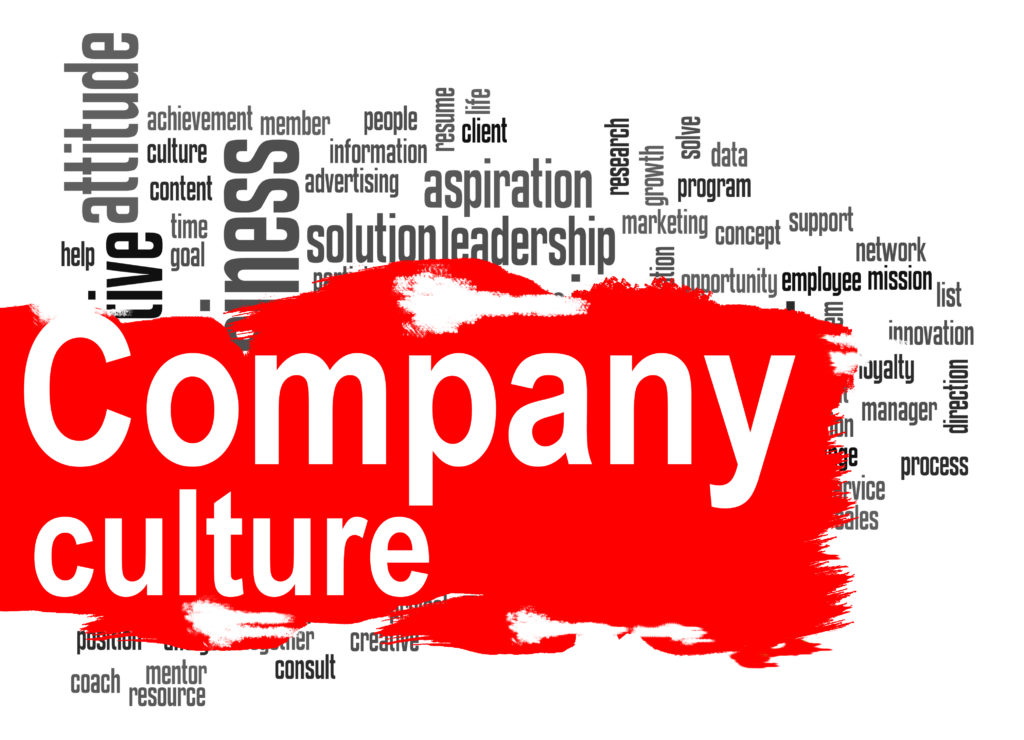A guest on an NPR show I was listening to the other day mentioned the “Platinum Rule” in the context of how we treat others. I had no idea what they were talking about. Now, after a little research, I can see that I’m very late to the party. This is a concept that has been around for some time. For those of you who may be living under a rock, like myself, the Platinum Rule now trumps the Golden Rule. 
The Golden Rule is, “Do unto others as you would have them do unto you.” The Platinum Rule, however, is, “Do unto others as they would like done unto them!” What a novel concept. While the Golden Rule sounds good on the surface, it is really kind of self-centered. This would mean that we think we know what is best for everyone else because that’s what we like or we want. While this could be very true, it could also be the furthest thing from the truth.
With people we have just met or known for a short time, we may not know exactly what they want. This is the beauty of the Platinum Rule. It causes us to shift focus from us to them. It forces us to try and determine what the other person really want or likes. It forces us to be an active listener and maybe even ask some questions. This also meshes well with one of my favorite Covey teachings, “We must first seek to understand.”
Different Personality Types
Dr. Tony Alessandra has written a book entitled The Platinum Rule. I just discovered this book and have not had time to read it. But, some information that I gathered from the website is that the book goes into detail defining personality types. According to the author, there are four basic personality types followed by tendencies of how these particular types of people behave and react. This is the first part of satisfying someone else, understand what makes them tick and what they might respond to. Then we can set about how to better relate to others and the different personality types, in trying to give them what they want.
I will not get too in-depth here, but did want to make a few observations about the concept. This concept should apply to all aspects of our lives from personal to business. Imagine the changes in our current relationships when we let all of our assumptions go and give careful thought to what others want and need.
The Platinum Rule in Business
The Platinum Rule can easily address two major components of a successful senior living operation – company culture and resident-centered care/lifestyle. Company culture is so important that Peter Drucker once said, “Culture eats strategy for breakfast.” Companies in other industries, such as the Container Store live by the principals of satisfied workers and satisfied customers. They usually rank in the top one of two best places to work and their customer service is off the charts.
I recently made my first visit to one of their stores and was very impressed. The employees were all very happy and they worked together to help me with my needs. The other important aspect is all the employees were sales people. While they didn’t work on commission, they did ask if I had this or needed that and were quick to recommend other services and products. This was not done in a hard-sell manner, but more in a helpful, we want you to have the best experience possible sort of manner … which I did!
Paradigm Shift
Can you imagine for just a minute how the residents of your community will feel when you make that culture shift? Really seeking to understand what they want or need and not just giving them what you think is good because it’s what you want based on your own values and beliefs.
Think of the possibilities if each and every one of your staff members had this attitude. You will have the happiest residents in town. Now think about what putting the same effort into understanding what your staff members want. Again, really taking the time to seek to understand what it is that they want. What do they need? Not only will you see an increase in customer satisfaction, but you will also see marked decreased turnover. While both of these will also improve your bottom line, think of the referral pipeline you will create. Not only for those wanting to live at your community, but the best workers wanting to work at your community.
If you ever have any doubt about what your staff or residents want or need, just ask! Yes, it’s that simple and both groups, in the right environment, will be more than willing to share their thoughts. Just ask and really listen to what the response is. Seek first to understand and then implement programs that the staff and residents want … not what you think they might want!
Roy Barker is Director of Special Projects at Moore Diversified Services, a Fort-Worth, Texas-based organization specializing in operations analysis, marketing development, and investment advisory services. Roy is an authority in the field of employee turnover analysis and retention strategies.














